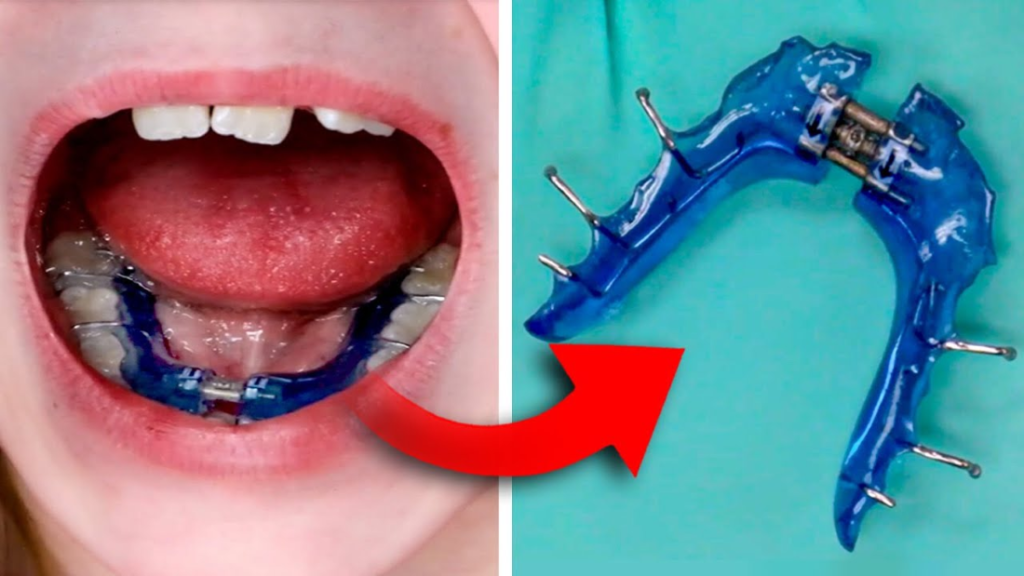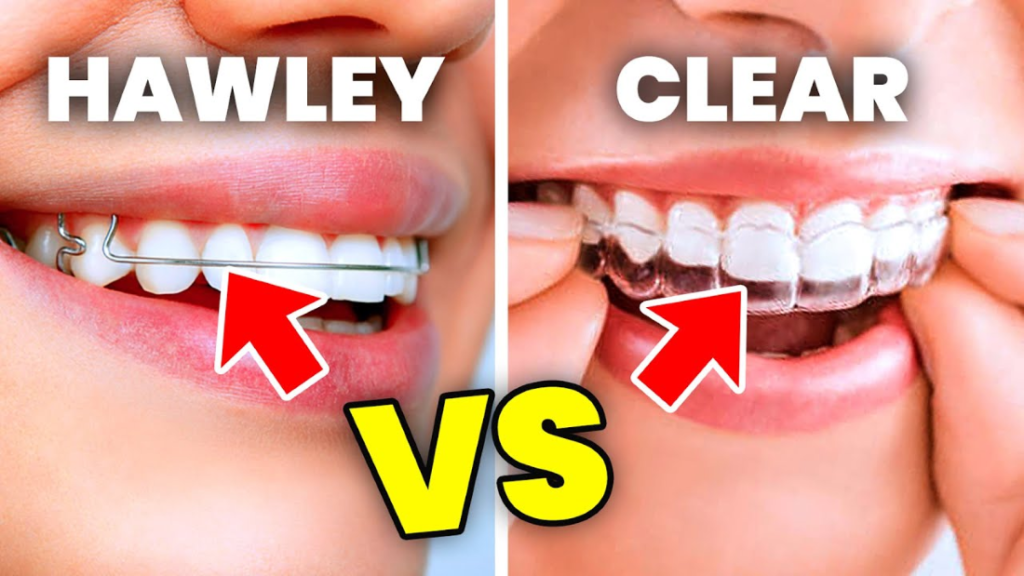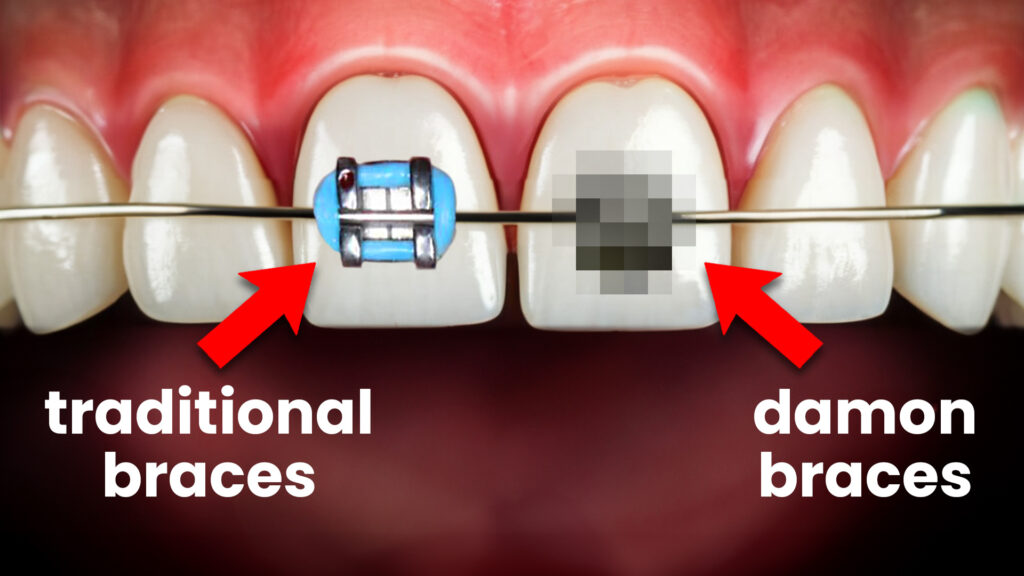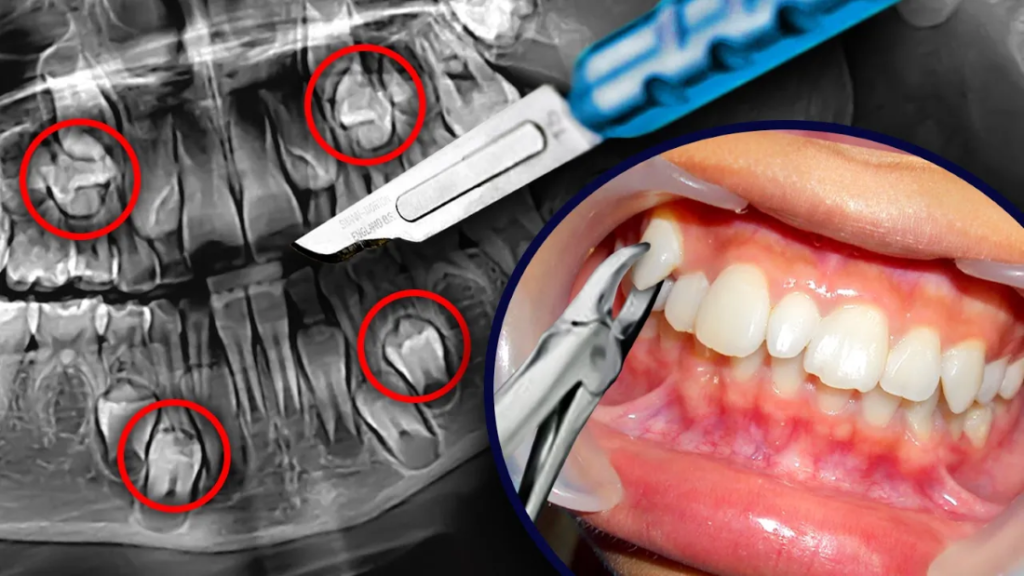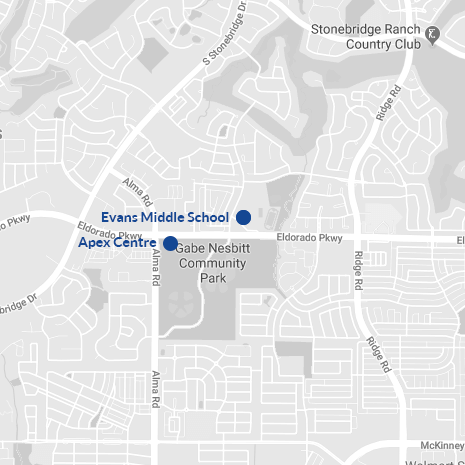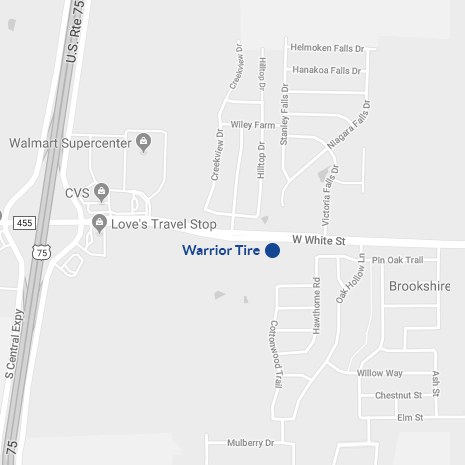Tips to Preventing Tooth Decay During Braces
March 20th, 2024
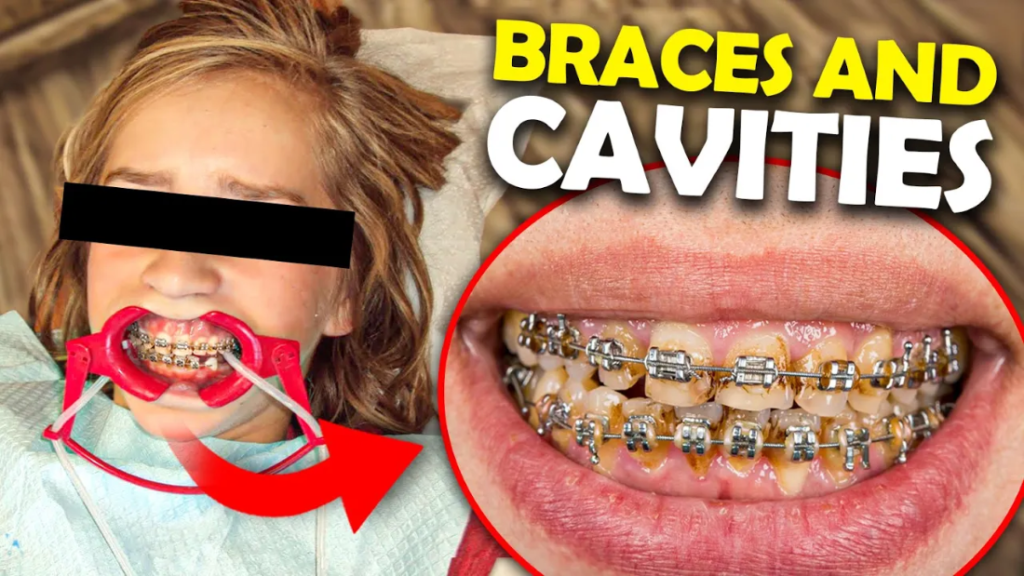
Are you undergoing orthodontic treatment with braces and concerned about the risk of tooth decay? Tooth decay, also known as cavities, can be a common concern for individuals wearing braces due to the challenges of maintaining proper oral hygiene. In this blog post, we'll discuss the relationship between braces and tooth decay and provide practical tips to help you maintain optimal oral health throughout your orthodontic journey.
Understanding Braces and Tooth Decay
Braces can increase the risk of tooth decay for several reasons:
- Difficulty Cleaning: The brackets and wires of braces create small spaces where food particles and plaque can accumulate, making it challenging to clean the teeth thoroughly.
- Acid Buildup: When food particles and plaque accumulate around braces, they can interact with bacteria in the mouth to produce acids. These acids can erode tooth enamel and lead to cavities if not properly addressed.
- Deminaralization: The constant pressure exerted by braces on the teeth can weaken the enamel, making them more susceptible to demineralization and decay.
Tips to Prevent Tooth Decay During Braces Treatment
- Maintain Excellent Oral Hygiene: Brushing and flossing regularly are essential for removing food particles and plaque from around braces. Use a soft-bristled toothbrush and an interdental brush or floss threader to clean between brackets and wires.
- Use Fluoride: Incorporate a fluoride toothpaste and mouthwash into your oral hygiene routine. Fluoride helps strengthen tooth enamel and prevent cavities.
- Limit Sugary Foods and Beverages: Sugary snacks and drinks can increase the risk of tooth decay. Limit your consumption of sugary foods and opt for healthier alternatives like fruits and vegetables.
- Attend Regular Dental Checkups: Schedule routine dental checkups and cleanings with your dentist and/or orthodontist to monitor your oral health and address any issues promptly.
- Stay Hydrated: Drinking plenty of water helps wash away food particles and bacteria from the mouth, reducing the risk of tooth decay.
The Bottom Line
In conclusion, maintaining optimal oral hygiene is essential for preventing tooth decay during orthodontic treatment with braces. By following the tips outlined in this blog post and seeking regular orthodontic care, you can protect your teeth and achieve a healthy, beautiful smile. Schedule a consultation with us today to learn more about how we can support you on your orthodontic journey! Book your consultation with Dr. Packard here!


